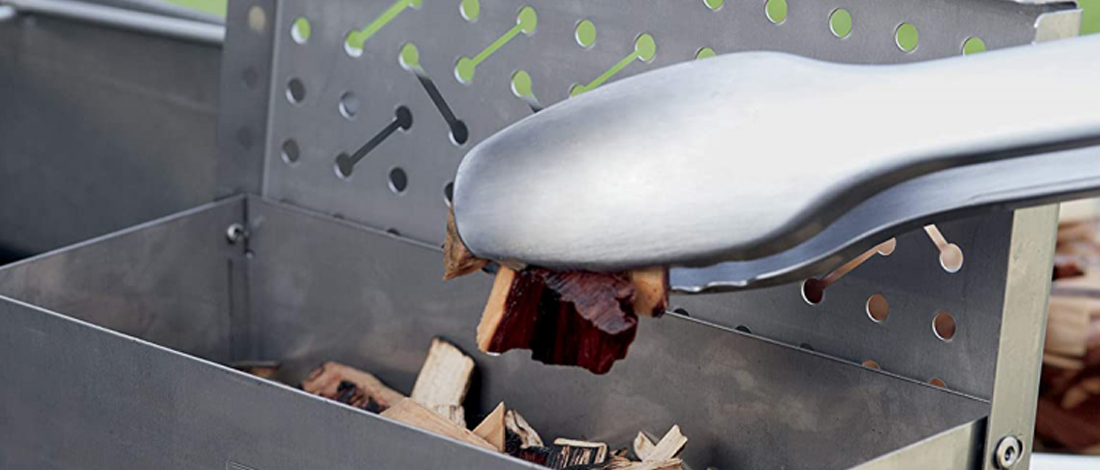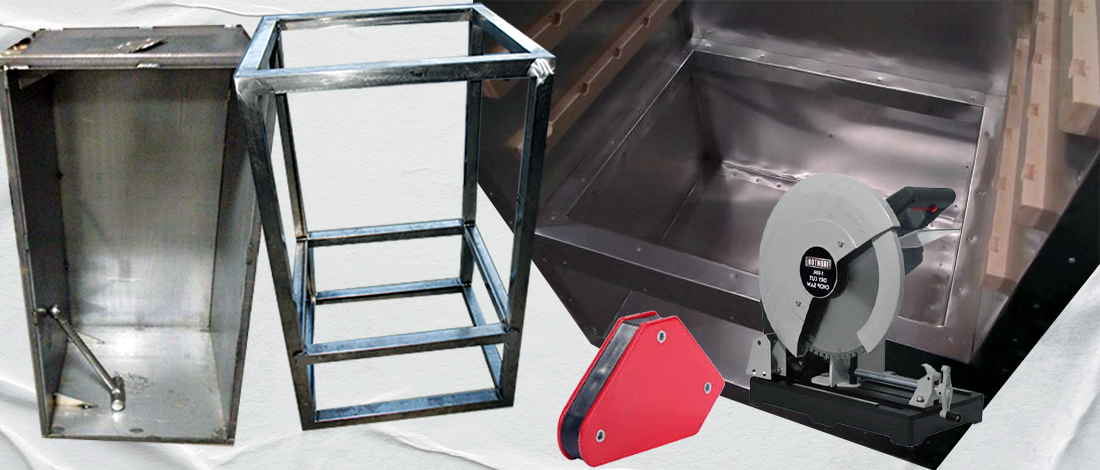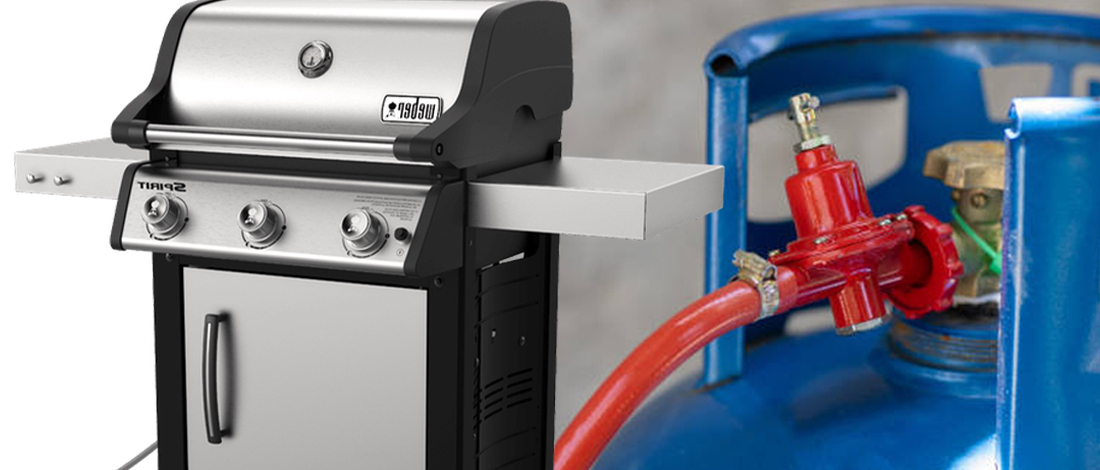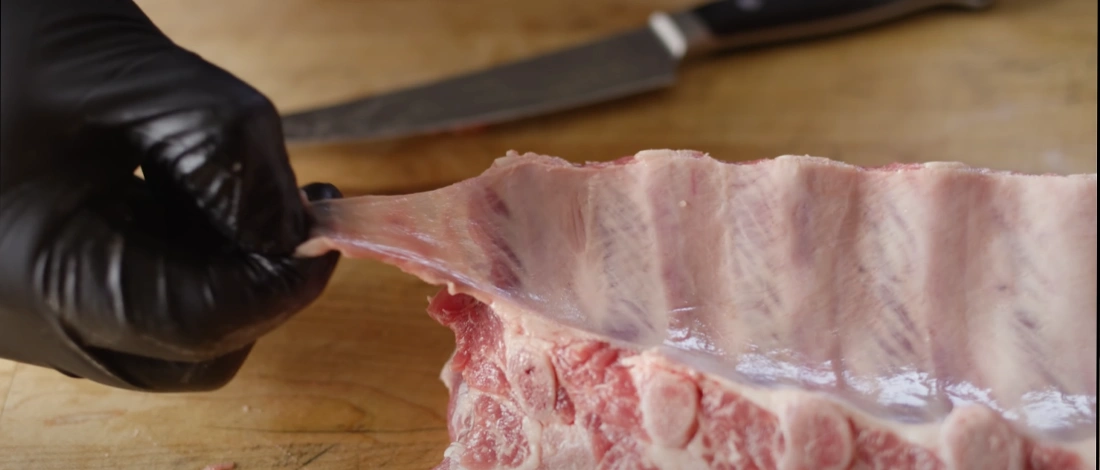Imagine going over to your gas grill and hearing that dreaded clicking sound when you push the ignite button. That means it must be that time again to replace your propane tank. But how do you do that safely on your propane grill?
We're here to make sure that you can remove a propane tank easily and effectively on propane grills. Keep reading to learn how to remove the propane cylinder so you can get back to grilling.
Quick Summary
- Removing a propane tank from a grill involves a 3-step process: turning off the grill, closing the propane cylinder's tank valve assembly by turning it clockwise, and using a crescent wrench to twist off the threaded nut in a clockwise direction.
- Propane tanks should be replaced when empty, and it's essential to note that most have an expiration date of 10 to 12 years.
- According to a 1996 PubMed study, there are around 3000 propane fires and explosions yearly in the US, out of which 9% result in bodily injury, which shows the importance of careful handling of propane tanks [1].
- Proper handling of the propane tank is vital for safety, and following these steps ensures that you can enjoy grilling without worrying about potential hazards.
When Should You Replace A Propane Tank
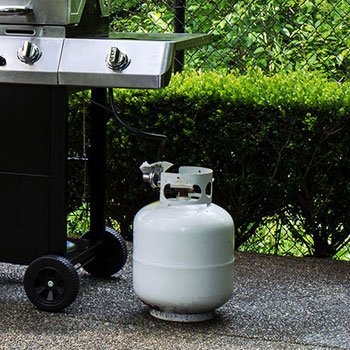
You should replace your propane tank when it is empty. If you attempt to light the grill and it doesn’t work, then it might be time to replace the propane cylinder.
You can tell when it is empty because it will have no extra weight to it due to the lack of gas, or simply by reading a propane tank gauge.
Another factor that many people don’t know is that most propane tanks have an expiration date of 10 to 12 years. It can be dangerous to use a gas tank beyond that time frame.
You can check the date on your tank by searching the exterior of the propane cylinder.
Steps on How To Remove A Propane Tank
Step 1
Ensure that the grill is turned properly located. According to the National Fire Protection Association (NFPA) grills and similar cooking devices must not be used or ignited within 10 feet of any structure to ensure safety and prevent fire hazards [2].
Check that the grill is turned off. Find the propane tank behind a door at the base of your propane grill.
Step 2
The tank is attached to a pressure regulator. Find and close the propane cylinder's tank valve assembly simply by turning it in a clockwise direction. To make sure the propane cylinder tank valve is shut, turn it all the way to the right.
Step 3
For this step, you will need a crescent wrench. If there is a plastic safety cap over the tank, then take it off first. Place the wrench over the pressure regulator nut. You can find your propane regulator nut at the connection point between the pressure regulator and the tank itself.
Twist off the threaded nut in a clockwise direction. To remove the propane cylinder tank valve assembly, simply remove the nut and place the hose aside, so when reconnecting the pressure regulator, you’ll have easy access to it.
Step 4
Once it is completely loose, remove the pressure regulator from the gas tank. Now, you can remove the tank from its position, which may be behind a safety harness. Making sure the propane cylinder's tank valve assembly is closed, lift the propane cylinder from the grill.
Step 5
Never leave the tank unaccompanied in the vehicle or other location when you return or replace it.
Related Articles:
How to Stop Your Propane Tank From Leaking?
If your propane tank is leaking, the first and most important step is to quickly move anyone not needed to assist you away from the immediate area. Find a safe distance from the propane tank and any potential igniters.
After that, you should follow these steps:
- Turn Off the Grill and Tank Valve: Immediately turn off the grill and the propane tank valve to stop the gas flow.
- Remove Ignition Sources: Eliminate any potential ignition sources, including cigarettes and electrical appliances.
- Move the Tank: Safely relocate the propane tank to a well-ventilated area away from flammable materials.
- Identify the Leak: Check connections, hoses, and the tank itself for leaks using soapy water or a gas leak detector.
- Repair or Seek Help: Tighten connections, replace damaged parts, or contact a professional if unsure about the repair process.
- Regular Maintenance: Regularly inspect and maintain the propane tank and equipment to prevent future leaks.
FAQs

Is It Better to Refill the Tank or Get a New One?
We recommend refilling the tank at a designated gas distribution location. There is no need to rent a whole new tank.
How Much Can I Grill with One Propane Cylinder?
With a standard 20-pound propane cylinder, you can usually get around 18 to 20 hours of grilling time.
Why Is My Propane Tank Leaking From the Pressure Relief Valve?
If your propane tank is leaking from the pressure relief valve (or bleeder valve), it could indicate excess pressure buildup inside the tank. An overfilled propane tank leak can also occur when the relief valve releases too much pressure, preventing a dangerous explosion.
Do Propane Tanks Leak When Hot?
Yes, propane tanks can develop leaks when hot. Elevated temperatures can cause the propane inside the tank to expand, increasing the pressure. It's important to handle propane tanks cautiously and avoid exposing them to heat sources.
References:
1.https://pubmed.ncbi.nlm.nih.gov/8736376/
2.https://www.nfpa.org/news-blogs-and-articles/blogs/2019/05/31/nfpa-1-proper

